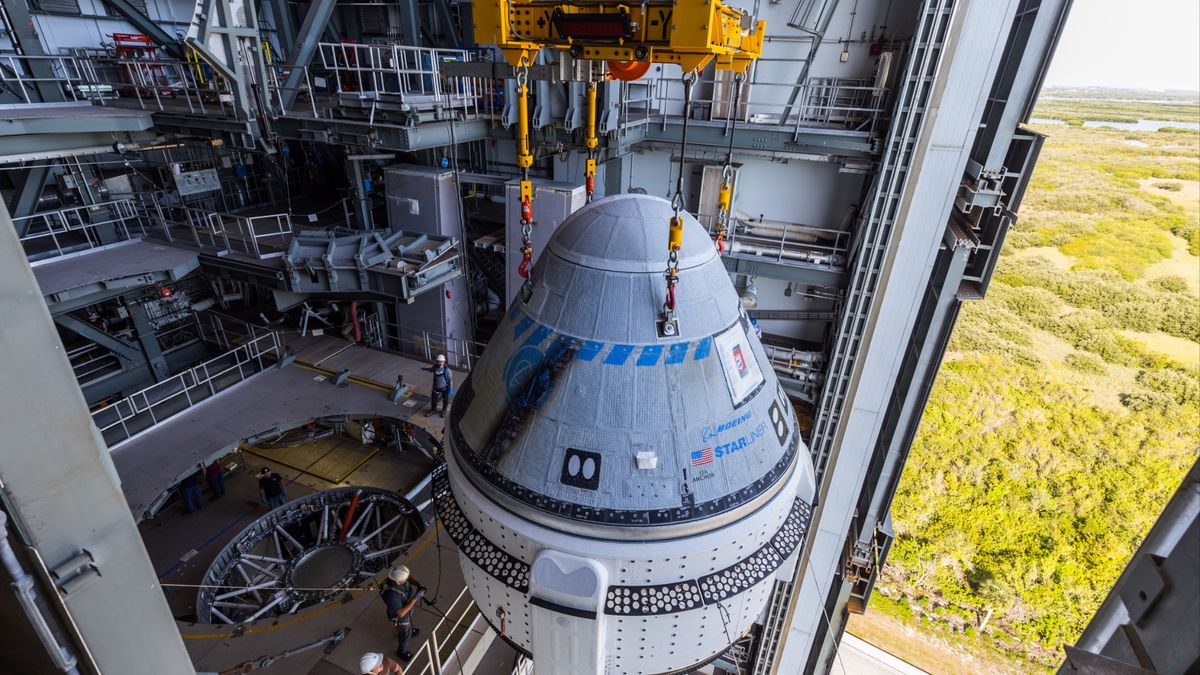
Boeing's CST-100 Starliner spacecraft, which is set to carry NASA astronauts Butch Wilmore and Suni Williams on its historic first crewed mission to the International Space Station (ISS), is facing a delay due to a small helium leak discovered during an earlier launch attempt. NASA and Boeing officials have carefully weighed the decision to proceed with the mission, following extensive analysis of the issue.
The approximately one-week mission, known as Crew Flight Test (CFT), was initially scheduled for May 6 but has been postponed multiple times due to various technical issues. The latest setback came after a helium leak was detected in Starliner's service module following the scrubbed countdown on May 6. After some initial troubleshooting, the leak rate stabilized.
NASA and Boeing engineers have been working diligently to understand the root cause of the helium leak and assess its potential impact on the mission. They have determined that even if the leak worsens during flight, it would not pose an unacceptable risk for astronaut safety or ISS operations.
However, engineers also discovered a design vulnerability in Starliner's propulsion system that could prevent the spacecraft from conducting a deorbit burn at the end of the mission. This issue has been addressed by implementing workarounds to ensure redundancy and maintain mission safety.
Despite these challenges, NASA and Boeing remain committed to launching Starliner's first crewed test flight as soon as possible. The current target date is June 1, with a backup plan in place for June 2 if needed.
The Crew Flight Test mission marks an important milestone in NASA's Commercial Crew Program, which aims to provide safe and reliable transportation of astronauts to and from the ISS using American-made spacecraft. The program awarded a $4.2 billion contract to Boeing in 2014 for development of the Starliner spacecraft.



